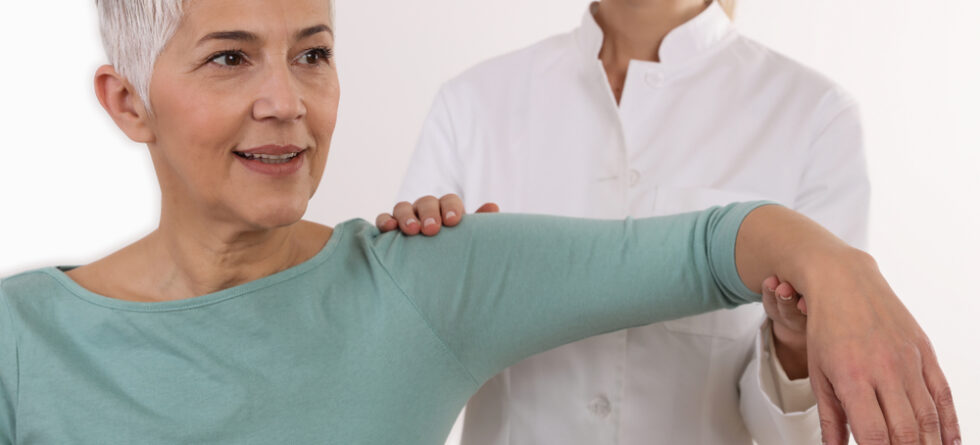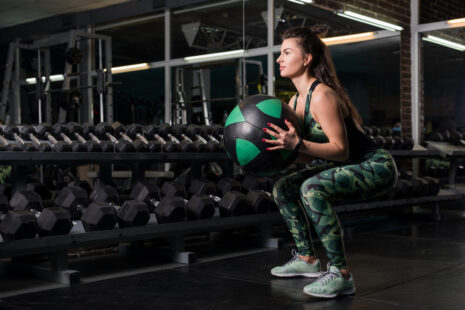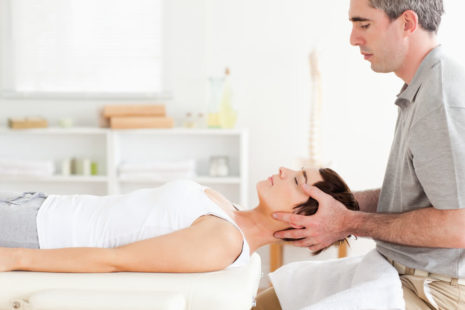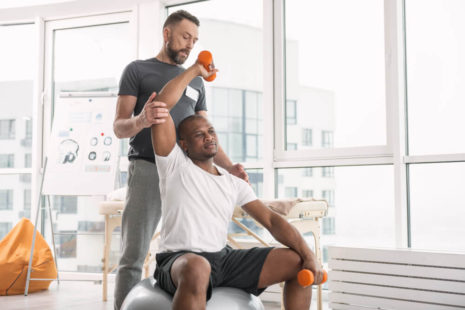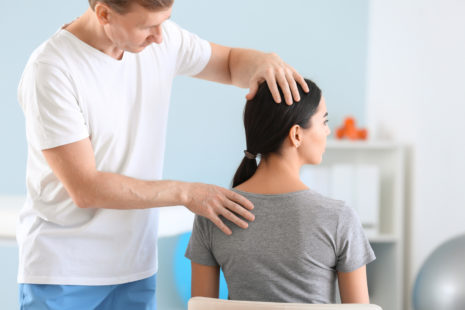Massaging the rotator cuff can help alleviate tension, improve circulation, and promote relaxation in the muscles surrounding the shoulder joint.
Here’s a step-by-step guide on how to massage the rotator cuff…
- Warm-Up – Before starting the massage, it’s helpful to apply heat to the shoulder area to relax the muscles and increase blood flow. You can use a heating pad, or warm towel, or take a warm shower to warm up the shoulder region.
- Positioning – Find a comfortable position for both the person receiving the massage and the person performing the massage. The recipient can either sit upright or lie down on their back or side, depending on which position is most comfortable.
- Apply Oil or Lotion – Apply a small amount of massage oil or lotion to the skin over the shoulder and upper arm. This helps reduce friction and allows for smoother, more comfortable massage strokes.
- Gentle Compression – Begin by using gentle compression techniques to warm up the shoulder muscles. Place one hand on the opposite shoulder and apply gentle pressure using the palm of your hand. Slowly work your way around the shoulder, applying light pressure to the muscles.
- Effleurage Strokes – Perform effleurage strokes, which are long, smooth, gliding strokes that help warm up the tissues and spread the massage oil. Use the palms of your hands to stroke along the muscles of the shoulder, moving from the neck down to the upper arm.
- Kneading and Compression – Use your fingers, thumbs, or the heel of your hand to perform kneading and compression techniques on the muscles of the rotator cuff. Apply gentle pressure and knead the muscles in a circular motion, focusing on areas of tension or discomfort.
- Stripping and Friction – Apply deeper pressure using your fingers or thumbs to perform stripping and friction techniques on the muscles of the rotator cuff. Use your fingertips to apply pressure along the length of the muscles, working out any knots or adhesions.
- Stretching – Incorporate gentle stretching movements to help release tension and improve flexibility in the shoulder joint. Perform passive stretches, such as gently pulling the arm across the body or overhead, to stretch the muscles of the rotator cuff.
- Feedback and Adjustments – Throughout the massage, communicate with the recipient to ensure that the pressure and techniques are comfortable and effective. Adjust your pressure and techniques as needed based on their feedback.
- Cool Down – After completing the massage, allow the recipient to rest and relax for a few minutes. You can apply a cold pack or perform gentle stretches to help soothe the muscles and reduce any post-massage soreness.
It’s necessary to approach rotator cuff massage with care and sensitivity, especially if the recipient has a history of shoulder injuries or discomfort. If you’re unsure about performing a massage or if the recipient has severe or persistent shoulder pain, consider consulting with a qualified massage therapist or healthcare professional for personalized guidance and treatment.
